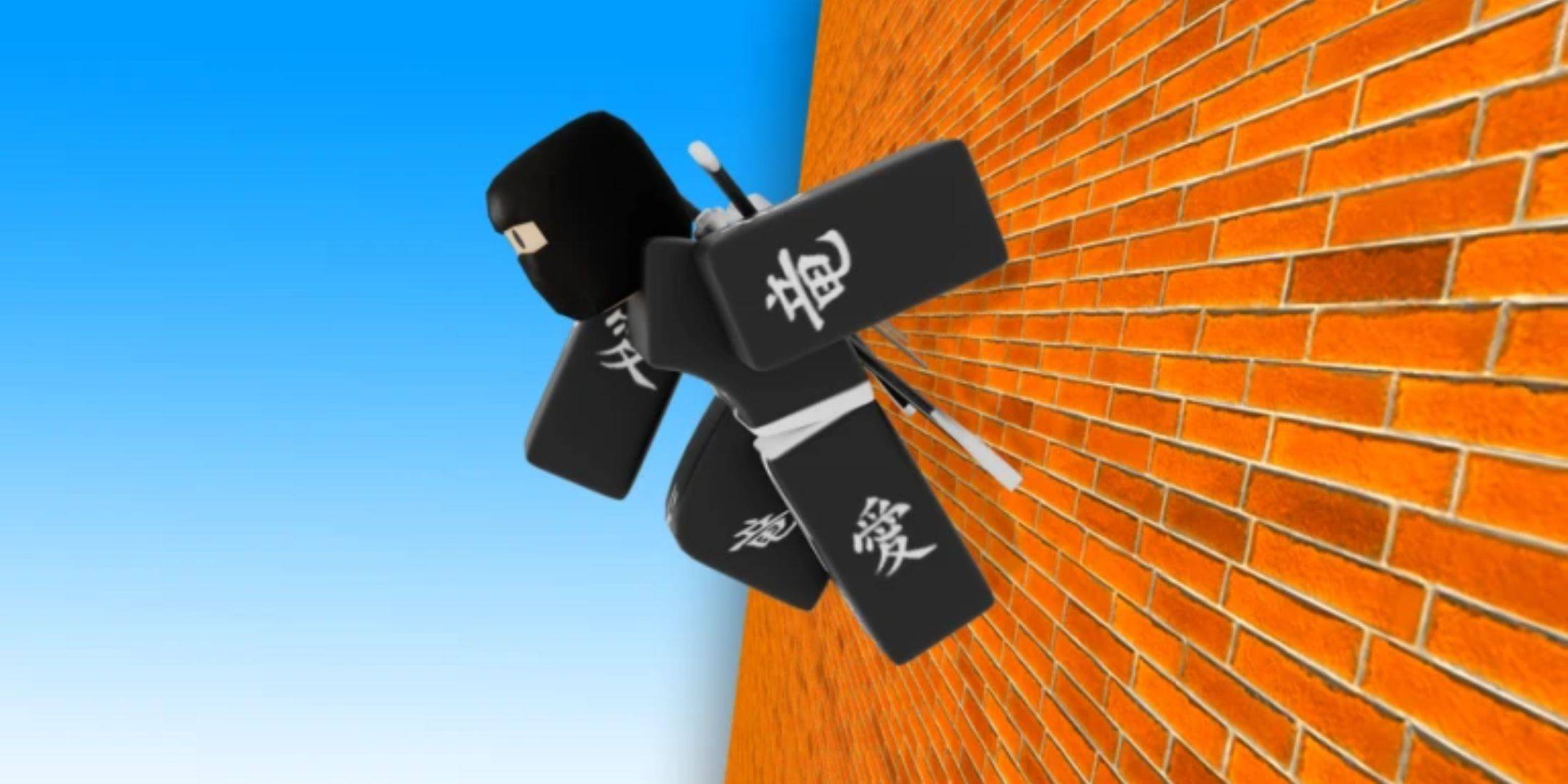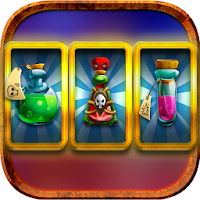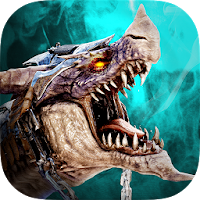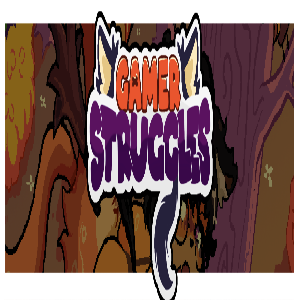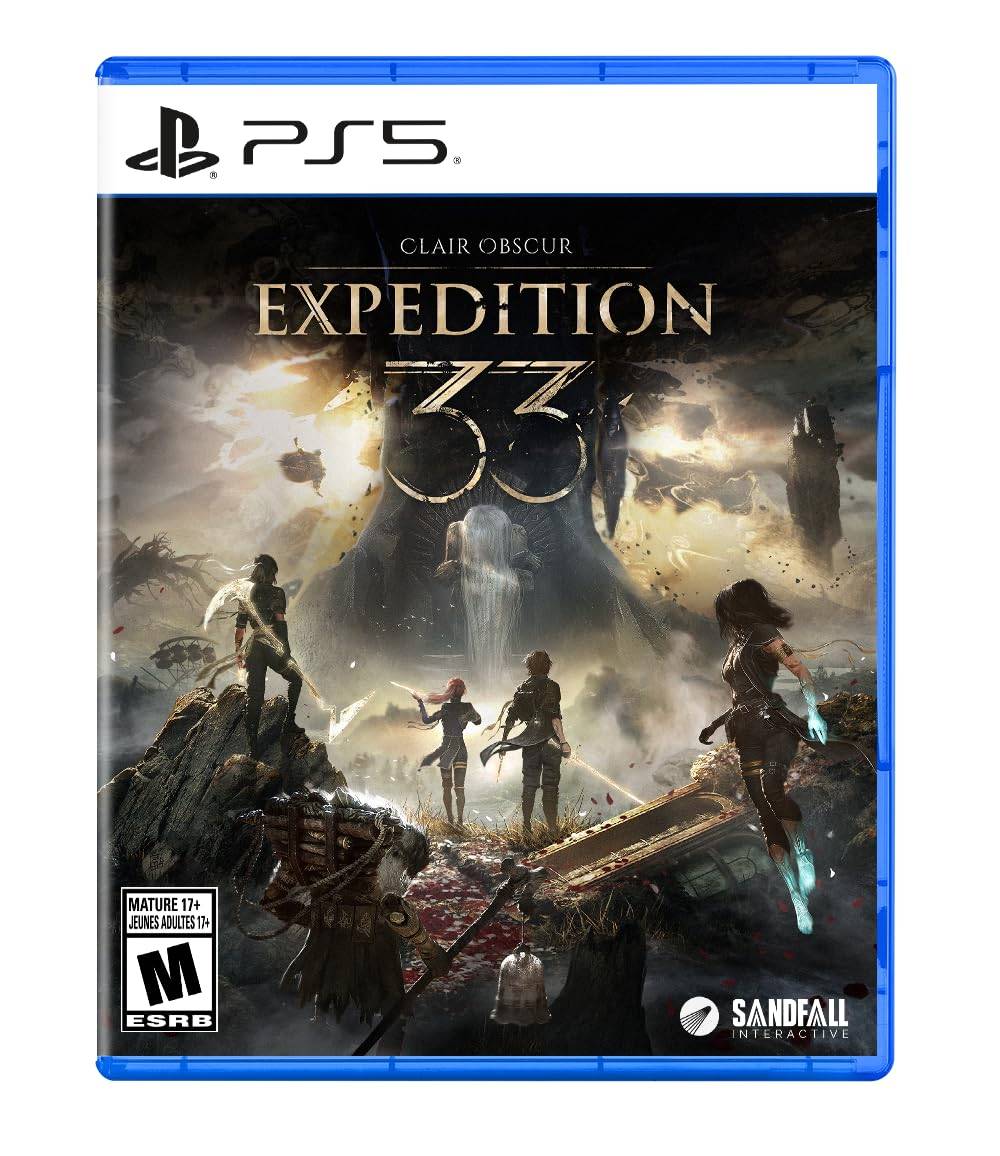When Bethesda unveiled Oblivion Remastered earlier this week, my excitement was palpable. The 2006 journey through Tamriel, once infamous for its potato-faced characters and low-resolution grassy landscapes, has transformed into the most visually stunning Elder Scrolls game to date. Having been accustomed to underwhelming remasters like Mass Effect Legendary Edition and Dark Souls Remastered, which hardly differ from their Xbox 360 counterparts, the sight of the Imperial City rendered in Unreal Engine 5 with ray tracing was astonishing. Beyond the breathtaking visuals, the game boasts enhanced combat, upgraded RPG systems, and numerous other refinements. This led me to question whether Bethesda and Virtuos had misnamed it as a remaster rather than a remake.
It seems I wasn't the only one with this thought. Many fans, including Bruce Nesmith, the senior game designer of the original Oblivion, believe it deserves the title of a remake. Yet, after spending several hours playing, it became clear that despite its remake-like appearance, Oblivion Remastered retains the essence of a remaster in gameplay.
The reason Oblivion looks like a remake is straightforward: Virtuos has undertaken a monumental task, redesigning "every single asset from scratch." Every element you see on screen, from trees to swords to crumbling castles, is brand new, meeting today's graphical standards. The game features stunning textures, exquisite lighting, and a new physics system that makes every arrow and weapon strike feel realistic. Although the NPCs are the same as in 2006, each model has been entirely recreated. This overhaul aims not just to meet but exceed modern expectations, making it the best-looking Bethesda Game Studios RPG to date.Yet, it's not just about the visuals. The combat system has been significantly improved, making swordplay feel more engaging. The third-person camera now includes a functional reticule, and all menus, from the quest journal to dialogue and minigames, have been revamped. The original leveling system has been replaced with a more intuitive hybrid of Oblivion and Skyrim's approaches, and players can now sprint. With such extensive visual and gameplay enhancements, one might argue it's firmly in remake territory.
However, the distinction between remasters and remakes remains murky. There are no strict industry standards, and terms are often used loosely. For example, Rockstar's "Definitive Edition" remasters of the Grand Theft Auto trilogy still bear the hallmarks of PlayStation 2-era games, whereas the Crash Bandicoot N. Sane Trilogy, also labeled a remaster, features entirely new graphics resembling modern games. Remakes like Bluepoint's Shadow of the Colossus and Demon's Souls are complete rebuilds yet remain faithful to the originals. In contrast, Resident Evil 2 and Final Fantasy 7 Remake significantly alter gameplay and narrative. This inconsistency suggests that perhaps a remaster is a graphical overhaul that retains the original game's design, while a remake reimagines the game from the ground up.
 New lighting, fur, and metallic effects are just the beginning of Oblivion Remastered's transformations. Image credit: Bethesda / VirtuosGiven these definitions, Oblivion Remastered aptly retains its name. While its new assets and Unreal Engine 5 ray tracing give it a fresh look, the underlying gameplay mechanics and structure are unmistakably from the 2000s. As Bethesda stated, "We looked at every part and carefully upgraded it. But most of all, we never wanted to change the core. It’s still a game from a previous era and should feel like one."
New lighting, fur, and metallic effects are just the beginning of Oblivion Remastered's transformations. Image credit: Bethesda / VirtuosGiven these definitions, Oblivion Remastered aptly retains its name. While its new assets and Unreal Engine 5 ray tracing give it a fresh look, the underlying gameplay mechanics and structure are unmistakably from the 2000s. As Bethesda stated, "We looked at every part and carefully upgraded it. But most of all, we never wanted to change the core. It’s still a game from a previous era and should feel like one."
The hallmarks of that era are evident throughout. Loading screens still appear behind every door, the persuasion minigame remains perplexing despite its updated interface, and the city designs resemble theatrical stage sets rather than realistic urban landscapes. NPCs still move awkwardly and converse awkwardly, and combat, despite improvements, feels clunky. Additionally, the game retains many of its original bugs and glitches, preserving its quirky charm.
Comparing Oblivion Remastered to newer titles like Obsidian's Avowed highlights its age. Avowed's combat and exploration mechanics feel modern, making Oblivion's seem dated. Yet, Oblivion Remastered still offers much in 2025, with its enchanting world, vast open fields, and engaging quests that surpass Skyrim's repetitive dungeons. Its old-school approach to player freedom remains refreshing in an era where games often guide players too closely. However, its dialogue, system interconnectivity, and level design feel outdated, characteristics that a true remake would have updated.
AnswerSee ResultsIn the world of cinema, remakes are entirely new productions, whereas remasters enhance existing films to meet modern standards. Oblivion Remastered mirrors this concept, pushing its visual quality to the limit by recreating its exterior in a new engine while retaining its core 2000s gameplay. As Alex Murphy, executive producer at Virtuos, aptly described during the reveal stream, "We think of the Oblivion game engine as the brain and Unreal 5 as the body. The brain drives all the world logic and gameplay and the body brings to life the experience that players have loved for almost 20 years."Oblivion Remastered lives up to its name and sets a high standard for remasters. It's what other AAA remasters should aspire to be, unlike the underwhelming efforts of Mass Effect Legendary Edition or the disappointing Grand Theft Auto: The Trilogy. Oblivion Remastered is a testament to the dedication of its developers, blending the appearance of a remake with the gameplay of a lovingly preserved remaster.

